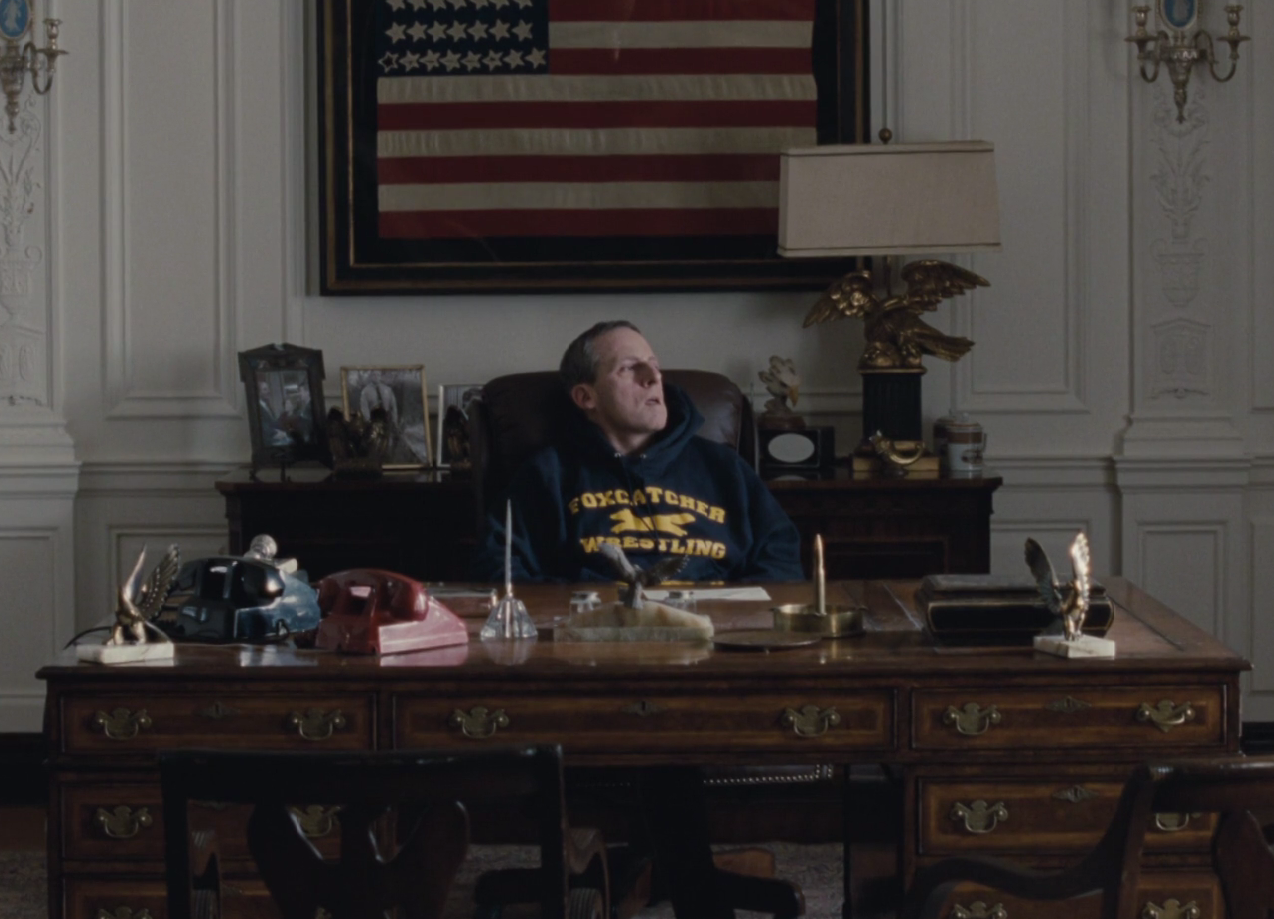From the epic floods and divine battles of ancient mythology
to the nuclear holocausts and alien invasions of the Cold War, humanity has
been imagining its own demise since the beginning of civilization. Freud would probably
attribute this obsession to the death drive, a subconscious impulse toward
destruction that all people supposedly have. Apocalyptic fantasies allow us to
confront our fears of mortality, time, foreigners, etc., in a safe place,
distanced from the real world yet so rich with metaphorical possibilities, and
especially in a visual medium like film, they provide ample opportunity to
indulge audiences’ appetite for lurid spectacle.
Recently,
though, catastrophe has dominated cinema on a scale virtually unprecedented, dwarfing
the ‘50s sci-fi and horror B-movie craze. In 2011, we got the art house trinity,
Melancholia, The Tree of Life and, my personal favorite, Take Shelter. 2012 gave us Prometheus,
Beasts of the Southern Wild, Battleship and Cloud Atlas, among others (but curiously, not the actual movie 2012, which came out way back in 2009),
and 2013 had not one but two action-comedies
set during the apocalypse, not to mention an avalanche of weirdly glum, monochrome-hued tent-poles. This
year, there was Noah, Edge of Tomorrow,
Godzilla, Transformers: Age of Extinction, Dawn of the Planet of the Apes, Snowpiercer,
The Rover and Interstellar, as well as the usual procession of superhero flicks, which are apparently
required by Hollywood Law to have Armageddon-sized stakes. You can barely go a
week without seeing ads for yet another movie that threatens to destroy Earth –
or at least a major metropolitan area.
It’s also vaguely racist, though that’s nothing
new for animation.
At least 2014 offered a handful of movies that actually bothered
to acknowledge the consequences of the havoc they wrecked, instead of using 9/11
imagery for easy shock value or, worse, ignoring the darkness altogether. Edge of Tomorrow, for example, is essentially
a war movie in which “the enemy” happens to be aliens. Needless to say, it’s
not exactly Saving Private Ryan in
terms of exposing the horrors of combat and such, but Tom Cruise and Emily
Blunt’s self-assured performances convey a sense of trauma rare in action movies
of this magnitude (just compare Cruise here to his work in the Mission: Impossible series). Cage and
Rita seem genuinely scarred by what they’ve experienced, their interactions
tinged with weary desperation. Similarly
battle-hardened characters populate Dawn
of the Planet of the Apes and Snowpiercer.
In the former, Malcolm, played by Jason Clarke, has formed a makeshift family
with his son Anthony and Keri Russell’s Ellie, who lost her daughter in the
chaos that erupted after the simian flu outbreak. Like its predecessor, Dawn gives its humans thin
personalities, preferring to flesh out the titular apes, but you nonetheless
get the sense that there’s history between them, that they’ve been through a
lot together and grown accustomed to suffering in silence. In Snowpiercer, Chris Evans’s reluctant
revolutionary Curtis Everett is tormented by what he has done to survive
(spoiler alert: it’s cannibalism). These films all depict personal attachments
as liabilities, hindering individuals from taking the measures necessary for
self-preservation and the common good; in the apocalypse, you have to sacrifice
either your life or your humanity.

















